Skype: neodalle-travel
Tel: +86 135 7447 2266
E-mail: sales@zhangjiajieholiday.com
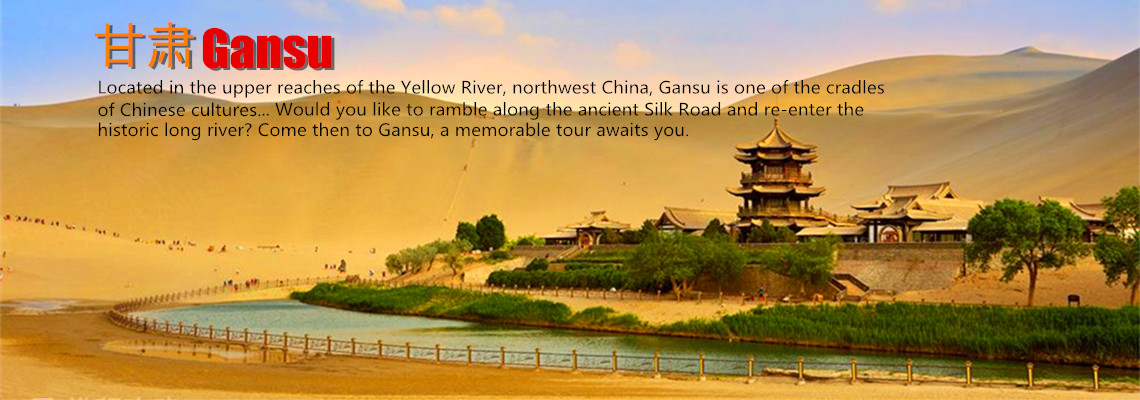
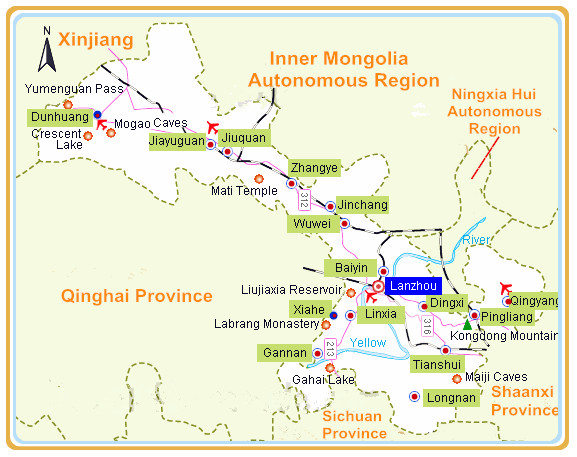 Shaanxi, and the crucial passage to Sichuan".Longnan is one of the birthplaces of Chinese nation and a multi-ethnic inhabitance. With beautiful natural landmarks and colorful culrural relic sites, Longnan is one of the best places to visit in Gansu Province.
Shaanxi, and the crucial passage to Sichuan".Longnan is one of the birthplaces of Chinese nation and a multi-ethnic inhabitance. With beautiful natural landmarks and colorful culrural relic sites, Longnan is one of the best places to visit in Gansu Province.Longnan Facts
Chinese Name: 陇南市 (lǒng nán shì)
Population: 2,680,000
Area: 27,923 square kilometers (10,781 square miles)
Nationalities: Han,Qiang,Tibetan
Administrative Division: 1 district (Wudu); 8 counties (Chengxian, Tanchang, Kangxian, Wenxian, Xihe, Lixian, Liangdang, Huixian)
Seat of the City Government: No288, Jiucheng Lu, Wudu District
History of Longnan
The history can be traced back to distant ages. By the time of the Zhou Dynasty (11th Century BC-221BC), Longnan had become the cradle of the Qin State which developed into the Qin Dynasty (221BC-206BC), the unifier of the whole country after the Warring States Period (476BC-221BC). Wudu Special District was established in 1949, changed to Longnan Region in 1985 and promoted to being a regional city in 2004.
Geography of Longnan
Longnan City is situated in the southeast of Gansu Province, neighboring Shaanxi Province in the east and Sichuan Province in the south. Within Gansu, the city borders Tianshui in the north and Gannan Tibetan Autonomous Prefecture in the west.It lies in the transition area of China's steppes with the Southern Gansu Plateau in the west, Sichuan Basin in the south, Qinling Mountains and Hanzhong Basin in the east, as well as the Loess Plateau in the north. The terrain of Longnan is higher in the northwest and lower in the southeast. High mountains and deep valleys interweave with hills and basins, forming the unique and complex landform of this region.
What to see in Longnan ?
Longnan not only has beautiful landscape and splendid culture, but also has a long history. Longnan not only has beautiful landscape and splendid culture, but also has a long history. Shih Chi (The Historical Records) recorded that Fuxi, “was born in Chouchi and grew up in Chengji". Chouchi is today’s Xihe County of Longnan now. So far, the Fuxi Cliff still towers aloft on Chouchi Mountain. Longnan is the birthplace of the Qin Dynasty, which is the first feudal empire in Chinese history. The First Emperor of Qin established his empire in Guanzhong (the Central Shaanxi Plain), after conquering six states. Located in Chengxian County, Longnan City, the inscriptions on precipices, Ode to Xixia is the most complete treasure of calligraphic art in “Three Eulogies" of the Han Dynasty. Hadapu Township of Tanchang County, was the the Chinese Workers’ and Peasants’ Red Army’s “service station" for brief rest in the Long March and the turning point of deciding the fate of Chinese revolution. The Memorial Hall of the Red Army’s Long March here has been listed as the Major Historical and Cultural Site Protected at the National Level.
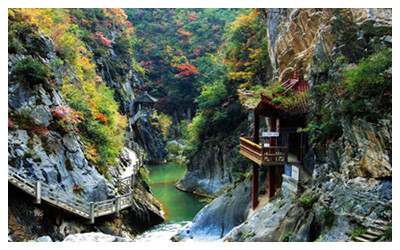 |
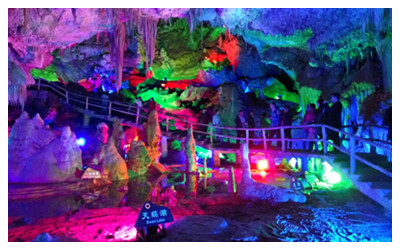 |
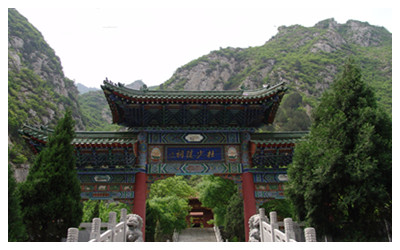 |
|
| Xixia Gorge Scenic Area | Wanxiang Cave | Thatched Cottage of Du Fu | |
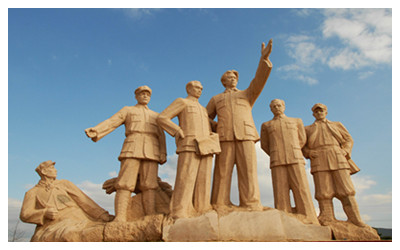 |
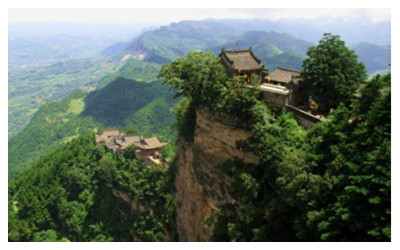 |
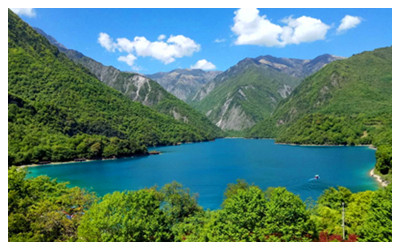 |
|
| Hadapu Memorial Hall for Long March | Jifeng Mountain | Wenxian Tianchi Lake | |
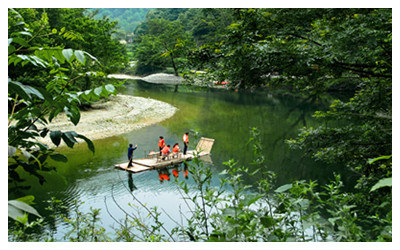 |
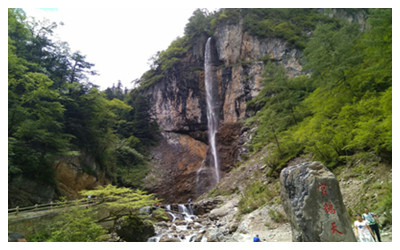 |
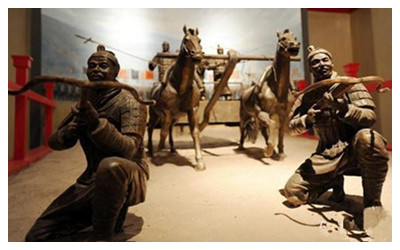 |
|
| Yangba Scenic Area | Guanegou Valley | Gansu Museum of Qin Culture |
Here, the characteristic artificial landscape and natural scenery enjoy some striking similarities with Jiu Zhaigou Valley in Sichuan Province and Maiji Mountain in Tianshui city, Gansu Province. The culture here, as a result of the unique geographic position, is of great diversity. There are both the fusion of ethnic cultures of ancient Di, Qiang, Tibetan ethnic groups and the culture of Han people. and the exchanges of the culture of Qinlong and Bashu. The unique folk customs provides a picture for visitors to closely appreciate.
When to visit Longnan?
Longnan is located in the transitional area between the subtropical zone and warm temperate zone. Longnan borders Shaanxi Province and Sichuan Province, and it is the only part in Gansu that belongs to Yangtze River Basin. The city enjoys a mild climate and is rich in rainfall. Longnan is distributed densely with rivers and brooks, and it has high forest coverage rate. No wonder this place is always compared to East China’s scenic spots. The annual mean temperature here is 9—15 degrees Celsius, the annual rainfall is 400—1,000 millimeters. Its annual frost-free period lasts 160—280 days with an altitude of 550—4,200 meters. Longnan has obvious ecological differences, so people say “There are four seasons in a mountain and a five-kilometer distance can cause changes in weather condition."
How to get to Longnan?
1. There are few regular transport links. Because of the sometimes difficult road conditions, off-road vehicles or buses with high chassis are the best means of transportation. Wenxian County of Longnan is only 120 kilometers (75 miles) from Jiuzhaigou.
2. Longnan is an important passage between Gansu and Sichuan, and the city's railway station is also a vital passenger and freight transportation hub. The railway station is in Jialing Town of Huixian County on the right bank of the Jialing River. Longnan Wudu Bus Station is located in Panxuan Lu.
Longnan Travel Tips
1. Ethnic Minorty Culture: Longnan is one of the birthplaces of Chinese nation and a multi-ethnic inhabitance. So far, the Ningjiazhuang site in Longnan has over 7000 years history. The first ancestor of humanity in legend, Fuxi, was born in Chouchi Mountain of Longnan. The progenitor of Qin people lived around today’s Lixian and Xihe Counties. The old Di and Qiang ethnic minorities established local authorities here. Han, Tibetans, Hui, ancient Di, Qiang and some other ethnic groups all have long lived in communities here, and they formed colorful customs. The regional cultures of Qinlong and Bashu, as well as the ethnic cultures of Han, Tibetans and Hui have long been in exchanges and mutually influenced, making the local culture of Longnan typical yet in harmonious coexistence.
2. Longnan Highlights: Every year, Longnan holds many tourist and cultural festivals, such as a peach blossom festival in April, tea picking festival around the Qingming Festival, as well as tourist festivals in Qianba Grassland and Wanxiang Cave.
There is an old branch of Tibetans, the Baima Tibetans, living in Tielou Tibetan Township three kilometers west of Wenxian County. The Baima Tibetans are renowned for their singing and dancing. They lead simple lives, inhabiting traditional houses, wearing beautiful costumes and following their own folkways. They shepherd, keep bees, grow hemp and weave cloth for a living. In July, there is a tourist festival held there to show the unique way of life of Baima Tibetans.
3. Special Local Products: olives, tea, gingko tea, wild pepper, Langya honey, toadstools, monkey head mushrooms, gingko, herbs
 Ask Questions ?
Ask Questions ?